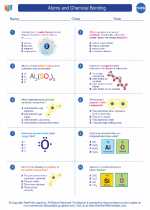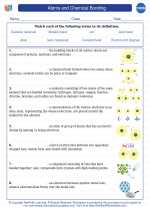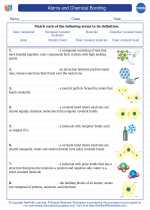Liquid
A liquid is one of the three classical states of matter (the others being solid and gas). It has a definite volume but no fixed shape, taking the shape of the container it is in. Liquids flow and can be poured, making them distinct from solids, which have a fixed shape and volume, and gases, which have neither a fixed shape nor volume.
Properties of Liquids
- Definite Volume: Liquids have a fixed volume and cannot be compressed easily.
- No Fixed Shape: Liquids take the shape of the container they are in.
- Fluidity: Liquids can flow and be poured.
- Cohesion and Adhesion: Liquids exhibit cohesive and adhesive properties, meaning they stick to themselves and other surfaces.
- Density: Liquids have a relatively high density compared to gases, but lower density than most solids.
- Surface Tension: Liquids have surface tension, which is the result of cohesive forces between liquid molecules at the surface.
Examples of Liquids
Common examples of liquids include water, milk, juice, oil, alcohol, and gasoline.
Behavior of Liquids
Liquids have the ability to take the shape of their container and are able to flow due to their molecular arrangement. They can also exert pressure on the walls of their container.
Changes in State
Liquids can change to a solid state through the process of freezing and to a gaseous state through the process of evaporation or boiling.
Study Tips
To understand the properties of liquids, it's important to study the intermolecular forces that hold liquid molecules together, such as hydrogen bonding, dipole-dipole interactions, and London dispersion forces. Additionally, practice identifying the behavior of various liquids in different situations, such as when poured into different containers or when mixed with other substances.
[Liquid] Related Worksheets and Study Guides:
.◂Chemistry Worksheets and Study Guides High School. Atoms and Chemical Bonding

 Worksheet/Answer key
Worksheet/Answer key
 Worksheet/Answer key
Worksheet/Answer key
 Vocabulary/Answer key
Vocabulary/Answer key
 Vocabulary/Answer key
Vocabulary/Answer key
